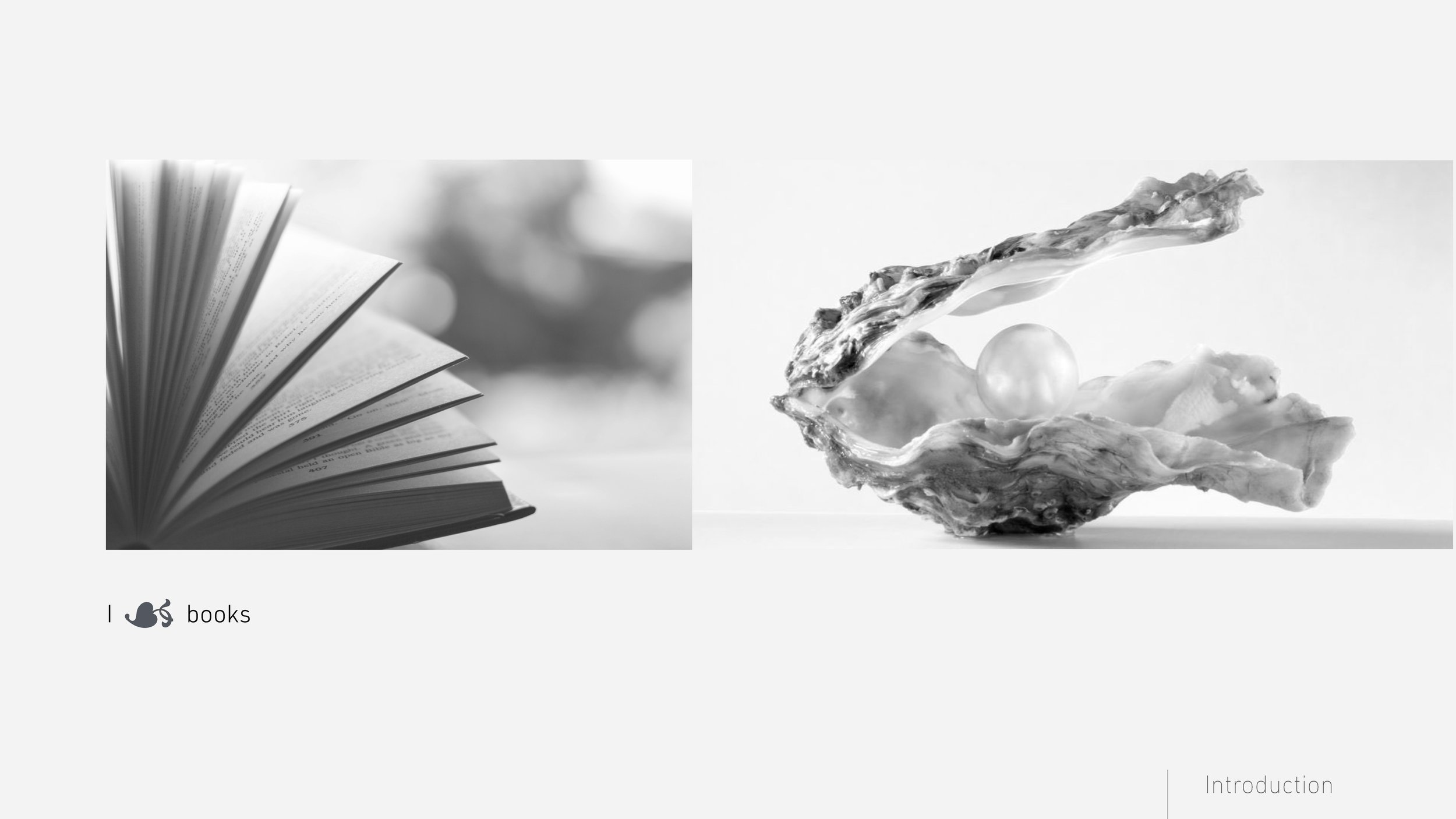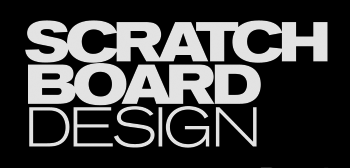The Role of the Designer in Literature
2019
My 2010 MFA thesis focused on this same topic, but the exploration was limited to the designer’s role in the presentation of a single short poem. This continued exploration expands the designer’s role to longer literary texts, the design of books, and how designers can enhance the reading experience and assist the author, when necessary, with non-traditional book design and typographic methods.
Authors face certain problems when expanding the boundaries of storytelling. These include shifts in time, conveying simultaneity, interior thought, fantasizing, narrative structures, irony, sarcasm, and shifts in point of view and voice. Design can provide authors with a clear, communicative presentation of their text in a way that reveals more that the mere text. This is comparable to a musical manuscript. It conveys more than what notes to play and when to play them—it also communicates HOW to play them.
This research presents a survey of solutions that have been employed in non-traditional book design—from the subtle to the extreme—and it offers a recommended flexible methodology for applying these techniques when working with existing authors on new material or re-imagining historic texts.








